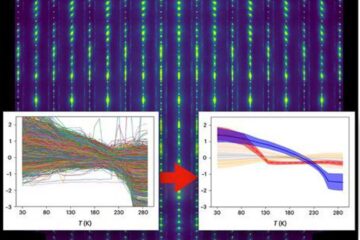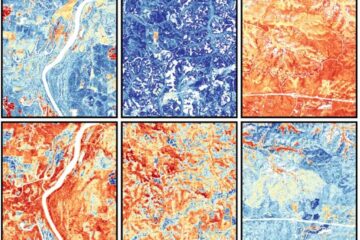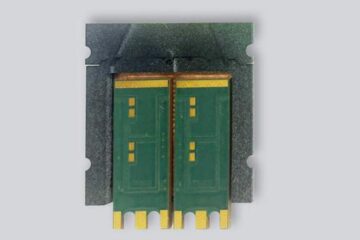Congestion Charge potentially unsafe for motorcyclists

Imperial College London and Loughborough University researchers found an increase of up to 40 more motorcycling casualties per month during the congestion charging period (from 7am-6.30pm) for inner London, excluding the congestion zone. However, they also found a drop of 5.6 motorist casualties per month in the congestion charging zone since the charge was introduced.
The study analysed the effect of the congestion charge on traffic casualty figures for motorists, pedestrians, cyclists and motorcyclists. It is based on figures taken from January 1991 to February 2003, 21 months after the introduction of the congestion charge.
Researchers examined killed and serious traffic injuries (known as KSI) and slight injuries to see whether there were any shifts in total outcomes. They looked at the following regions:
•Inner London—the central boroughs of London surrounding the congestion charging zone
•Outer London— the suburban areas of greater London
•Greater London—a region encompassing all 32 London boroughs
•Congestion charging zone—the central zone of London with boundaries bordering Park Lane (west), Euston Road (north), Commercial Road (east) and New Kent Road (south)
When looking at outer London only, researchers saw a reduction in slight injuries for motorists and an increase in cyclist casualties.
When they analysed the overall figures for greater London they found no statistically significant change in total traffic casualties since the introduction of the congestion charge.
Speaking about the rise in motorcyclist casualties in inner London, Imperial’s Dr Robert Noland said:
“Transport for London data indicates an increase in motorcycle trips within the charging zone of about 15 per cent. The incentive to use motorcycles, which are exempt from the congestion charge, could explain why parts of London have experienced an increase in motorcycle casualties.”
Speculating about the rise in cycling casualties in outer London he said:
“The congestion charge may be encouraging a steady increase in the number of cyclists commuting to rail stations and this could explain the rise in casualties.”
Commenting about the research and the impacts on transport policy, Dr Noland said:
“The impact of any transport policy needs to consider unintended consequences. A change in the design of the congestion charge, or introduction of other policies, may be needed to achieve reductions in motorcycle and bicycle casualties. We would like to extend this research to examine the western expansion of the charging zone and the increase in the fee to £8 to see what further impact there may have been on casualties.”
Commenting about the study, Loughborough University’s Dr Mohammed Quddus said:
“A range of advanced statistical models were applied to the data and they all obtained a very similar result. More detailed modal and spatial analyses are required to fully understand the safety impacts of the London congestion charge.”
The study was conducted by Imperial College London’s Dr Robert Noland and Professor Washington Ochieng from the Centre for Transport Studies in collaboration with Dr Mohammed Quddus from Loughborough University.
Media Contact
More Information:
http://www.imperial.ac.ukAll latest news from the category: Transportation and Logistics
This field deals with all spatial and time-related activities involved in bridging the gap between goods and people, including their restructuring. This begins with the supplier and follows each stage of the operational value chain to product delivery and concludes with product disposal and recycling.
innovations-report provides informative reports and articles on such topics as traffic telematics, toll collection, traffic management systems, route planning, high-speed rail (Transrapid), traffic infrastructures, air safety, transport technologies, transport logistics, production logistics and mobility.
Newest articles

Machine learning algorithm reveals long-theorized glass phase in crystal
Scientists have found evidence of an elusive, glassy phase of matter that emerges when a crystal’s perfect internal pattern is disrupted. X-ray technology and machine learning converge to shed light…

Mapping plant functional diversity from space
HKU ecologists revolutionize ecosystem monitoring with novel field-satellite integration. An international team of researchers, led by Professor Jin WU from the School of Biological Sciences at The University of Hong…

Inverters with constant full load capability
…enable an increase in the performance of electric drives. Overheating components significantly limit the performance of drivetrains in electric vehicles. Inverters in particular are subject to a high thermal load,…





















